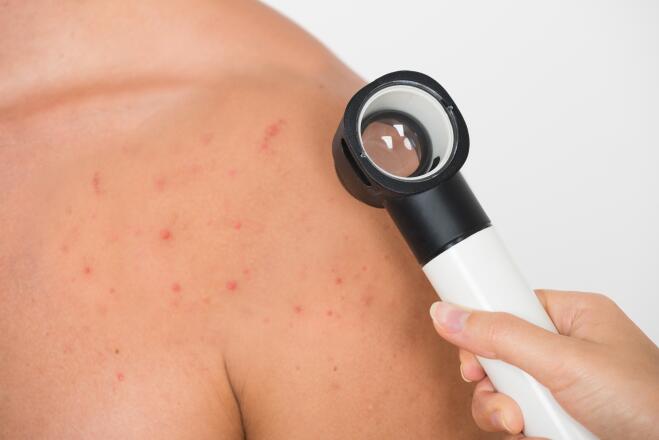-
Your concerns
Our articles to help you gain a better understanding
-
Our solutions
-
Ducray Dermatological laboratories
Our articles to help you gain a better understanding

Our experts answer your most frequently asked questions.
Microcysts, closed comedones (2 to 3 mm) These are known as whiteheads. They are caused by an accumulation of sebum, P. acnes bacteria, keratin and skin cell protein. These microcysts may open up and become open comedones. They may also become inflamed and form papules and pustules.
Open comedones (1 to 3 mm) These are known as blackheads. Their color comes from sebum oxidization. Comedones can burst spontaneously. They rarely become inflamed, except when they are touched.
Papules: inflamed red spots (< 5 mm) Spots characterized by their size and redness. They are painful and hot when touched. They can resorb or evolve into pustules.
Pustules: inflamed yellow spots (> 5 mm) Spots with purulent content. They can be emptied and resorbed, but they tend to reappear.
Nodules Nodules are seen with the worst cases of acne. They are big, inflamed round spots, that can be felt on or under the skin. They can grow into an abscess; burst and leave residual marks.
NEWSLETTER
Dermatological expertise
To better understand your skin and hair, discover our exclusive content and innovative care products designed to improve your quality of life..